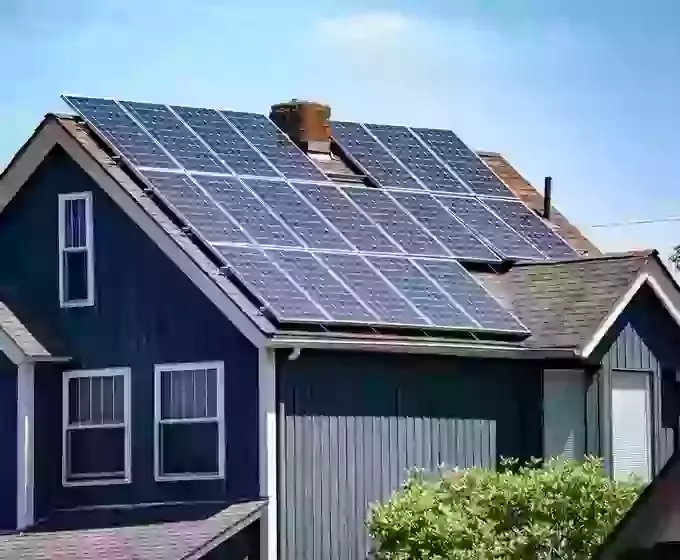
Revolutionizing Home Energy: The Promise of Efficient Home Photovoltaics
In the realm of sustainable living, efficient home photovoltaics emerge as a promising technology, reshaping the way homes harness and utilize solar energy. This article delves into the transformative potential of efficient home photovoltaics and its role in powering a more sustainable and energy-efficient future.
Understanding Efficient Home Photovoltaics
Efficient home photovoltaics involve the use of advanced solar panel technology to capture and convert sunlight into electricity with heightened efficiency. These systems maximize the utilization of sunlight, ensuring a higher output of clean energy compared to traditional solar panels. The focus is on optimizing energy production while minimizing the footprint of the photovoltaic system.
Maximizing Solar Efficiency
The core advantage of efficient home photovoltaics lies in their ability to maximize solar efficiency. Traditional solar panels often operate at conversion efficiencies ranging from 15% to 22%. In contrast, efficient home photovoltaics can achieve conversion efficiencies surpassing 22%, translating to a greater electricity yield for the same amount of sunlight. This increased efficiency contributes to a more cost-effective and sustainable energy solution.
Technological Innovations in Solar Panels
The efficiency of home photovoltaics is propelled by ongoing technological innovations in solar panels. Advancements in materials, design, and manufacturing processes enhance the performance of these panels. This includes the development of high-efficiency solar cells, anti-reflective coatings, and improved tracking systems that optimize sunlight capture throughout the day.
Economic Benefits for Homeowners
One of the primary appeals of efficient home photovoltaics is the economic benefits they offer to homeowners. With higher conversion efficiencies, these systems generate more electricity, leading to reduced dependence on grid-based power. Over time, homeowners experience lower electricity bills, making the initial investment in efficient home photovoltaics financially rewarding in the long run.
Environmental Impact of High-Efficiency Solar
The environmental impact of efficient home photovoltaics cannot be overstated. By maximizing energy production from the same sunlight exposure, these systems contribute to a significant reduction in carbon emissions. The transition to high-efficiency solar aligns with global efforts to combat climate change and create a more sustainable and eco-friendly energy landscape.
Smart Technologies and Energy Storage Integration
Efficient home photovoltaics often integrate with smart technologies and energy storage solutions to further optimize energy usage. Smart inverters, monitoring systems, and batteries enhance the overall efficiency and performance of the solar system. This integration allows homeowners to store excess energy for use during periods of low sunlight, ensuring a consistent power supply.
Government Incentives and Support
Governments worldwide recognize the importance of incentivizing the adoption of efficient home photovoltaics. Many offer incentives such as tax credits, rebates, and favorable financing options to encourage homeowners to invest in high-efficiency solar solutions. These programs not only make the transition more financially accessible but also promote the broader adoption of sustainable technologies.
Educating Homeowners on Solar Efficiency
The successful integration of efficient home photovoltaics requires education and awareness. Homeowners need to understand the benefits, technological advancements, and economic advantages of high-efficiency solar. Empowering individuals with knowledge ensures informed decision-making and fosters a broader understanding of the positive impact of solar efficiency on both a personal and global scale.
To explore the potential of efficient home photovoltaics in transforming your home into a sustainable powerhouse, visit Efficient Home Photovoltaics. Embrace advanced solar technology, reduce your carbon footprint, and play a role in shaping a more efficient and sustainable energy future.



